Every generation of Mini Cooper has arrived with a redesigned engine. We consider which offers the best mix of efficiency and driving enjoyment.
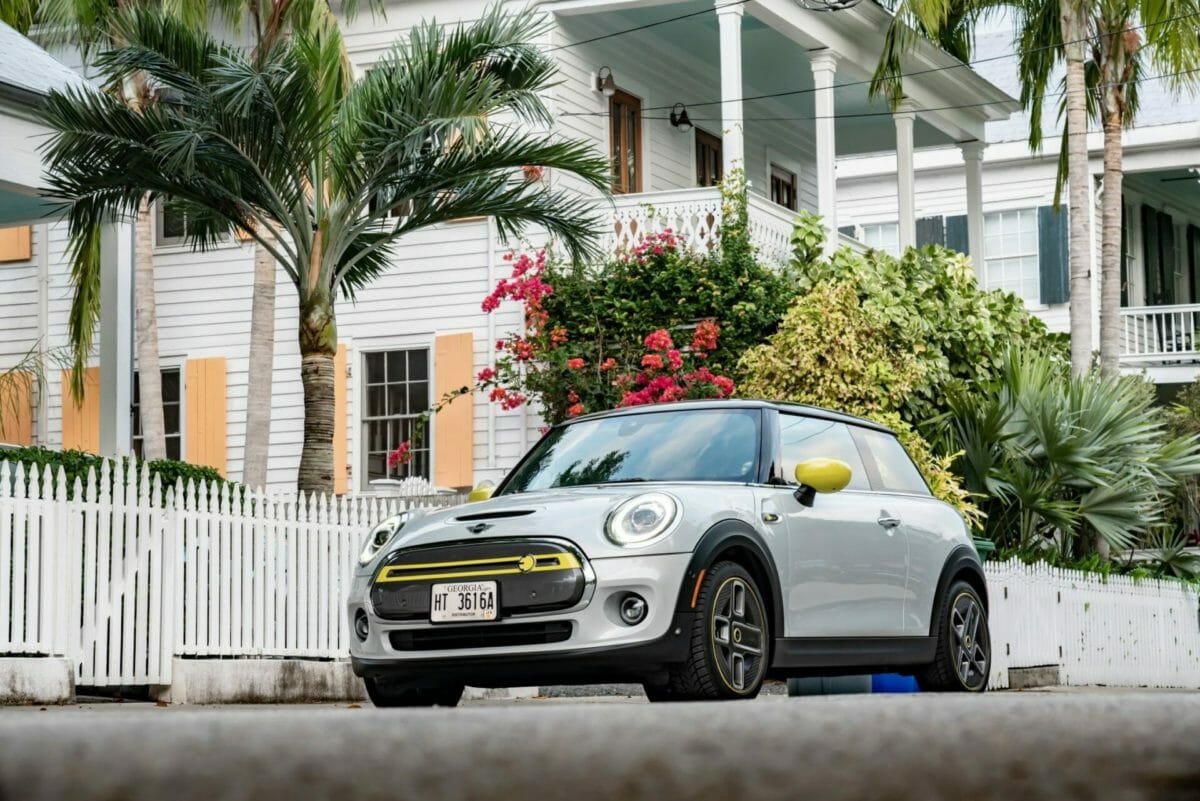
The original Mini Cooper was born in the days of the petroleum crisis. The designer, Sir Alec Issigonis, redefined what an economy car could be. Every aspect of the car is used to its maximum potential.
Creating passenger volume inside the car required pushing wheels to the corners, the power train was twisted 90-degrees and positioned as far forward as possible. Extraneous weight was stripped, not only to minimize the amount of material used but also to get the most performance out of a smaller engine.
When Mini relaunched in 2002, under the ownership of BMW, those same values defined the mission of the new Cooper. But, consumers’ expectations had changed; along with emissions standards and safety regulations.
The Mini Cooper engine could no longer be as completely minimized as the original. Even more so in the power-hungry United States, the Mini Cooper had to have the performance to match its retro fun-to-drive styling.
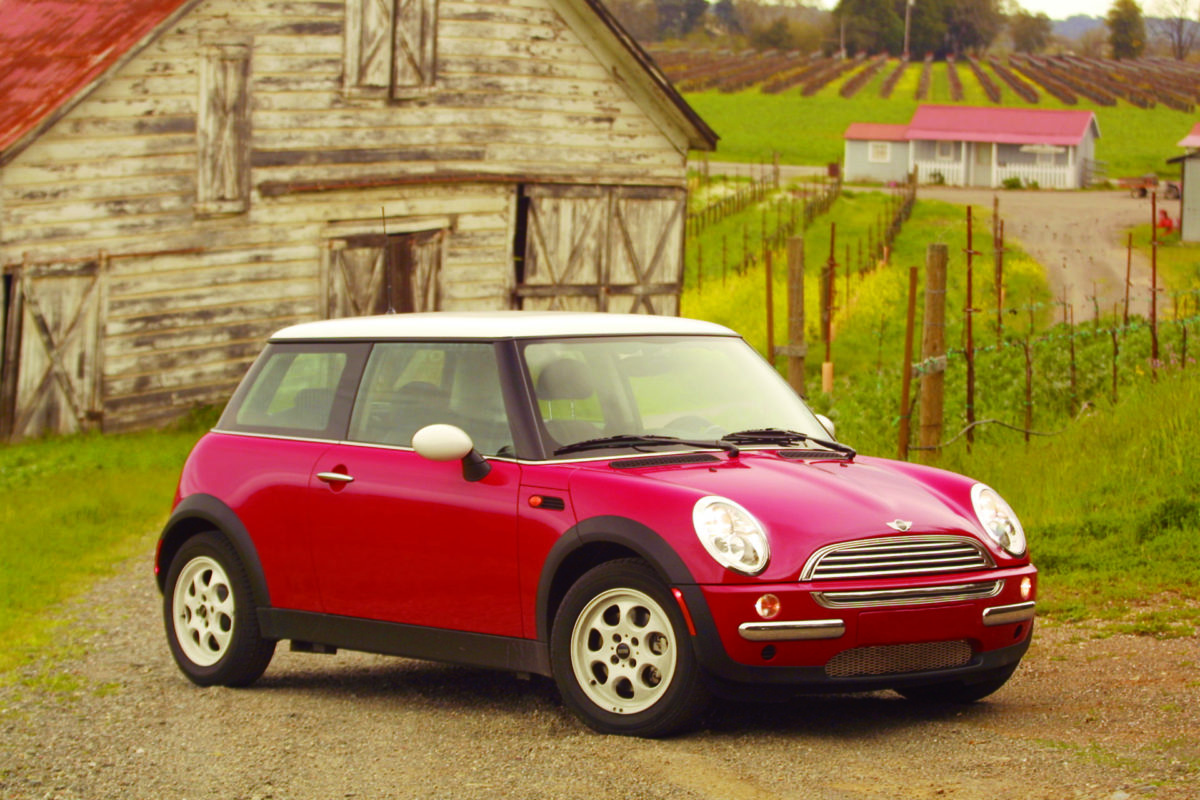
First-generation Mini Cooper: R50 (2002-2006)
The Mini Cooper arrived at American dealerships with a 1.6L single overhead cam, 16-valve four-cylinder in 2002. The little engine’s 115-horsepower and 110 lb.-ft. of torque doesn’t sound like much in today’s numbers, but it was only pulling around 2,300 lb. – for comparison, a 2021 Mazda 3 or Hyundai Veloster are both roughly a thousand pounds heavier.
All first-generation Mini Coopers in the USA, chassis code R50, use a Tritec engine developed in partnership with Chrysler and built in Brazil. It uses an iron block and aluminum cylinder head. The naturally aspirated version was found in multiple cars in other markets outside the U.S., including PT Cruisers and Neons.
The high-performance Mini Cooper S R53 uses a supercharged version of the same engine. The Eaton M45 roots-type blower gave the faster Mini real performance-cred with 163-horsepower and 155 lb.-ft. of torque.
Although we sometimes associate roots-type superchargers with big low-end torque, the R53 Cooper S has a nice linear powerband that continues to build power all the way up to redline.
On the road, it feels like a larger naturally aspirated engine and not forced induction. The downside to supercharging is a loss of efficiency; some of the engine’s power is always being used to spin the blower.
The base Cooper is rated at 25/28/33 mpg (city/combined/highway) while the Cooper S is rated 22/25/31 mpg, both with manual transmissions. This is a noticeable difference, especially when you consider the Cooper S transmission is six-speed instead of the base Cooper’s five-speed. The supercharged engines are also known to be more expensive to maintain.
Because of its positioning in front of the engine, just about any service more complicated than an oil change requires the front of the car to be disassembled for access. But, even with the youngest of these cars being a decade and half old, major engine problems haven’t shown to be much of a problem.
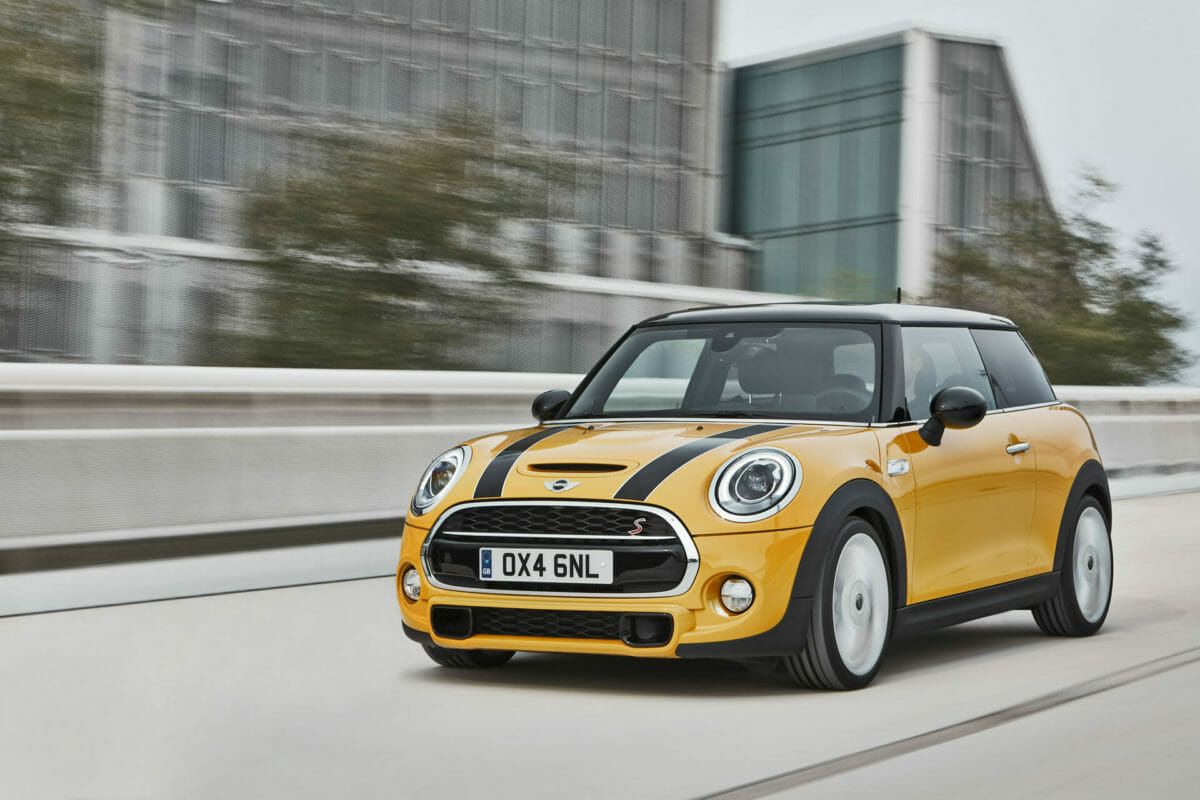
Second-generation Mini Cooper: R56 (2007-2013)
With the first- generation of Mini Coopers being such a huge success, the second generation, designated R56, had ironically big shoes to fill. BMW ended its partnership with Chrysler to build Tritec engines and started a new partnership with Peugeot and Citroen to manufacture an engine line known as Prince. Mini would stick with 1.6-liters of displacement, but the new engines were much more efficient, even while producing more power.
The Prince engines use an aluminum block with a bedplate to reinforce the crankcase. The cylinder head is still aluminum, but the valvetrain now uses BMW’s Valvetronic system to vary valve lift depending on engine load, improving fuel efficiency and power.
The naturally aspirated base Cooper version is rated at 120-horsepower and 118 lb.-ft. of torque. The real story however is that even though the R56 grew in size, weight, and power, the base Cooper is now rated by the EPA to get 28/32/37 mpg. A Substantial improvement over the R50.
The R56 Cooper S engine receives even bigger upgrades with the new Prince design. The supercharger is replaced with a twin-scroll turbocharger. The port fuel injection is replaced by direct injection, again improving power and efficiency. That direct injection can prove to be a negative as well, but more about that later.
With its new engine, the Turbocharged R56 was rated at 172 hp and 177 lb.-ft. of torque. Fuel economy was also bumped up to a more impressive 26/29/34 mpg, bettering the previous base Cooper around town, but that highway number shows the turbo is probably working just to maintain highway cruising speeds.
Probably the biggest difference between the supercharged and turbocharged engines is character. While the turbocharged Prince engine is capable of producing far more torque at low rpm, it also lost the instantaneous throttle response of the supercharged Tritec.
Mini enthusiasts will rank the turbo-lag just below the loss of supercharger whine and exhaust noise on their list of complaints on the newer cars. Topping that list, however, is the carbon build-up associated with all engines equipped with direct injection.
Obviously, this isn’t a problem with the naturally aspirated, port-injection R56 base Coopers.
The turbo engines also had a recall for high-pressure fuel pumps, but those will have been replaced by now. Both engines seem to suffer from oil leaks and timing chain tensioner issues when they get along in miles, and it is impossible to over-stress the importance of regular maintenance.
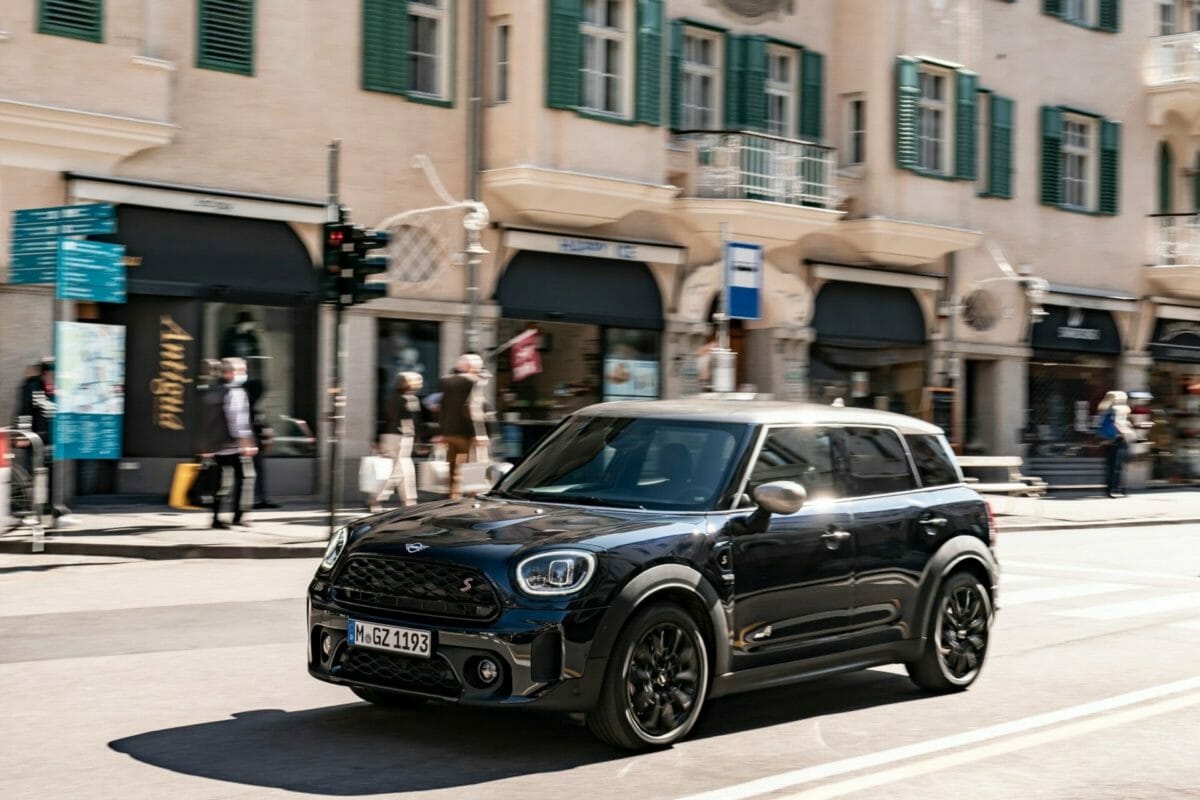
Third-generation Mini Cooper: F55 (2014-Present)
Now over a decade old, BMW-owned Mini is using engines shared with cars wearing blue and white roundels. This says more about BMW’s efforts to downsize engines to meet emissions and fuel economy standards than Mini changing its philosophy.
The F55 base Cooper engine is shared, surprisingly, with BMW’s spaceship-like hybrid sports car, the i8. The 1.5L three-cylinder is turbocharged and uses all of the high-tech tricks, like direct-injection and double VANOS variable valve timing, to maximize performance.
The rated 136hp and 162 lb.-ft. of torque doesn’t really tell the story of how much more powerful this engine feels compared to the old naturally aspirated four-cylinders. While the new engine, code-named B38, may suffer from slower throttle response, the low-end torque makes a compelling argument for acceptance.
The Cooper S now shares its engine, the B48, with just about every BMW available with a four-cylinder. Displacement is up to 2.0L, following BMWs philosophy of 500cc being the perfect individual cylinder volume.
The huge (by Mini standards) turbo engine is rated at 192 hp and 206 lb.-ft. of torque, but on temporary over-boost, the engine can deliver 221 lb.-ft. of torque. Again, these numbers don’t fully express the amount of power available across the entire rpm range.
Both of these engines are nearly unrecognizable as being related to the original 1.6L naturally aspirated and supercharged Tritec engines in the first-generation cars, but the cars themselves have progressed so much in nearly twenty years, it may all be nostalgic naval-gazing anyway.
At least these cars are maintaining the same level of efficiency as size and weight inflation continues its unstoppable march.
The Cooper is rated at 28/32/38 mpg while the Cooper S will do 23/36/32 mpg, not bad if you consider how much bigger of hole these cars are punching through the air compared to previous models.
But what about reliability? So far at least, the B38/48 have proven to be reliable – probably the most reliable Mini engines yet.
The National Highway Traffic Safety Administration website doesn’t list any engine-related recalls on either the three- or four-cylinder engine. In fact, in 2019 J.D. Power ranked Mini as its Most Dependable Small Sporty Car.
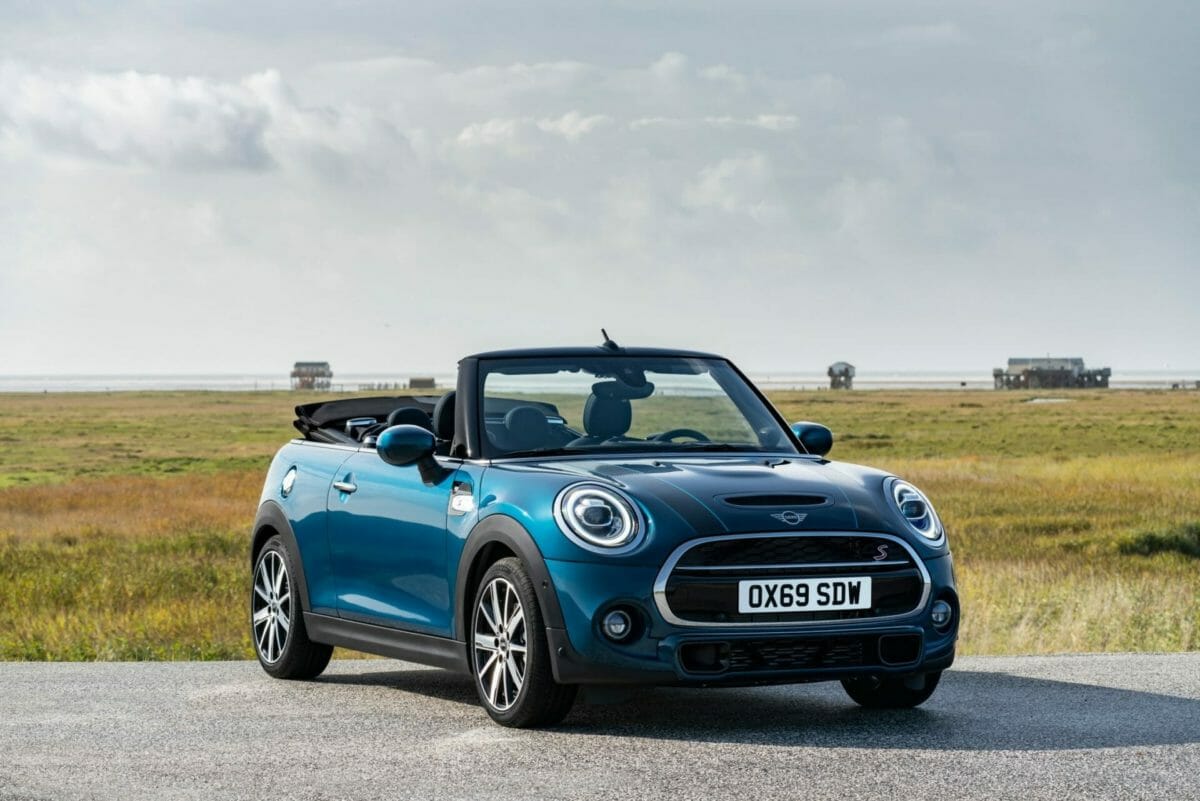
Mini Cooper Engines of the Future
What if we told you there was a Mini Cooper for sale right now that offered 181 hp, 199 lb.-ft. of torque, produces no localized pollution, and costs as little as three bucks to fill up?
You might wonder what engine is in it and why it isn’t in every Mini, or every BMW for that matter. Well to start, it doesn’t have an engine, but an electric motor and that is likely the future of Mini.
Although Mini continues to add new models, sales in the United States have been sliding since 2015. Things don’t bode well for the company if drastic action isn’t taken. It is time for a makeover and turning the lovable icon into the first brand focused on affordable electric vehicles for the masses might be just the ticket.
Photos: BMW
